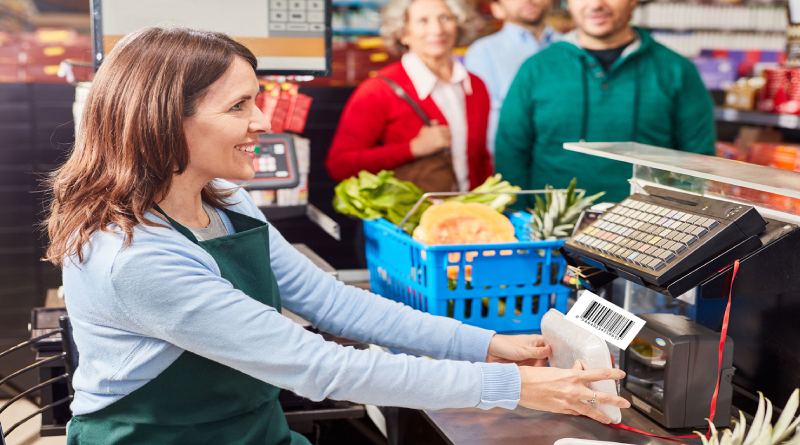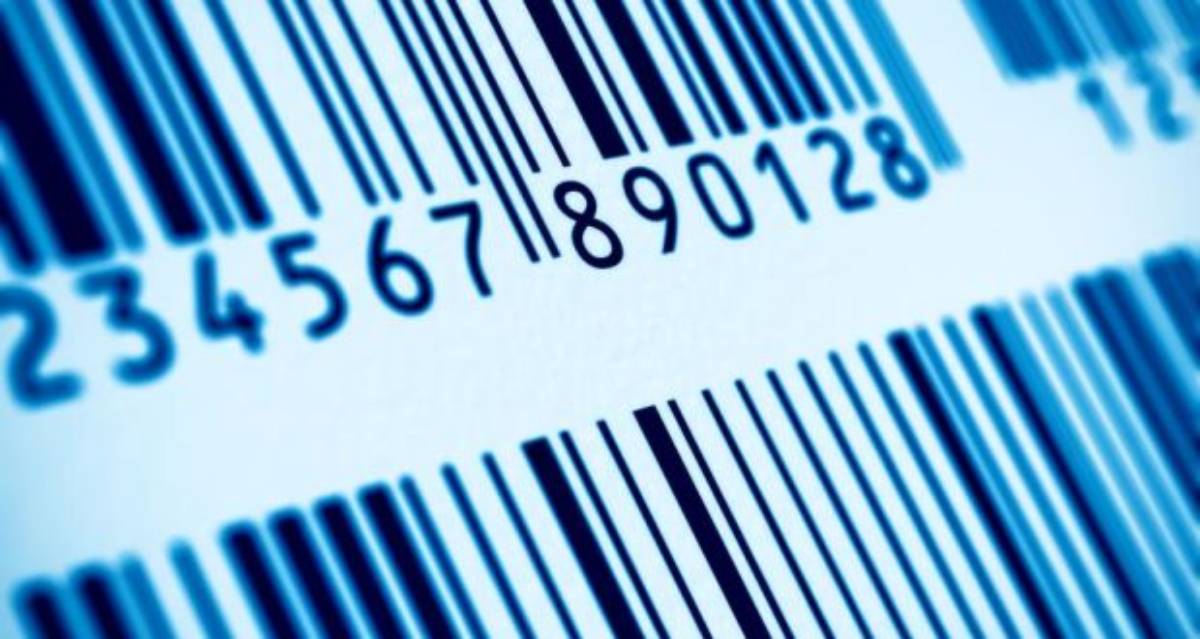Summary of Barcodes: In almost every retail business, most warehouses, and shipping companies, barcodes will monitor item purchases, stock, encode location information, item id numbers, and other data components. They are so common that they are nearly invisible. Even yet, most people are unaware that barcodes were employed initially to monitor railroads across the United States.
The majority of retail barcodes are vertical barcodes, consisting of a sequence of lines and spaces. In the United States, Norman Woodland and Bernard Silver created the barcode in 1951. Morse code had a significant effect on the designers, and it took several years for the concept to catch on.
Table of Contents
Railcar Sorting in the 1960s
In the late 1960s, Initially utilized barcodes on freight trains in the United States. There was a sign with a barcode ID number on the side of rail carriages in this early railway system. They gave information to operations personnel when they scanned barcodes, leading to improved vehicle sorting and monitoring capability. This early method proved to be relatively dependable. Dirt covering or partly concealing the lines was a familiar source of incorrect automobile scans or scanning issues.
Finally, by the mid-1970s, most railways were substantially utilizing the system, although there were still dependability difficulties. In the 1980s, replace the whole system with a radio tag IDing system that did not have the same constraints as visual scanning.
Adoption of Grocery Stores

Finally, in 1973, the Uniform Grocery Product Id Council agreed to develop a standardized barcode style on shop packaging. In 1974, chewing gum was the first genuine food product to have a barcode.
Later that year, in 1981, the US Department of Defense began using barcodes to classify military equipment.
Also Read: How Can Business Credit Help You Hire More Employees?
Tracking Of Shipments And Warehouses
While barcodes still are widely used in many types of business, train and freight shipments rely heavily on GPS-based tracking. They can follow a truck’s whereabouts by utilizing Gps data from the driver’s smartphone. Even Amazon places barcodes on every product that leaves their facility. When an FBA seller sends a product to an Amazon facility, it must contain a scanned barcode on an Amazon-supplied barcode label. It arrives at the warehouse and alerts the computer network that the items of a particular vendor are ready for delivery. This approach will also use tracking goods shipped to customers from the warehouse.
What Is The Operation Of A Barcode Reader?
Photosensors will use barcode scanners, portable or directly connected to a computer system. In review, the light reflected into the scanner generates a sequence of pulses that correspond to the white and black stripes. Many scanners now have multiple photocells that allow you to scan the code without moving the scanner.
A spinning lens or mirror in a laser scanner allows the item will scan to stay still as the beam passes over the target area. Other photo-based barcode scanners are available. Photo-based readings are employed when you watch a QR code with your phone, and the program scans the code.
Amazon Even Uses Them!
In the logistics business, barcode scanning in various forms is critical for inventory management in warehouses. Like Amazon, small firms and importers require scanning equipment to track what items or natural resources leave or enter their warehouses. Without the use of barcode scanning, cataloging new freight or making stock orders would take considerably longer and be much more expensive. With time, barcode scanning has grown more widespread and economical in various systems that provide a wide variety of analytics ranging from sales velocities to refunds.
Today’s Railroad Tracking
Today’s Railroad Tracking will utilize contemporary trains to track the movements and whereabouts of railcars, and RFID scanners will place-specific locations. As railcars pass across them, the railroad’s computer system analyses the scan findings. And a snapshot of each railway car’s “last known” location will show. It enables railway management to better prepare for delays or notifies if a railcar is mistaken will classify as the incorrect train. These systems are crucial for railways tracking trains, keeping track of their massive railcar fleets. And informing consumers when their freight will arrive.

